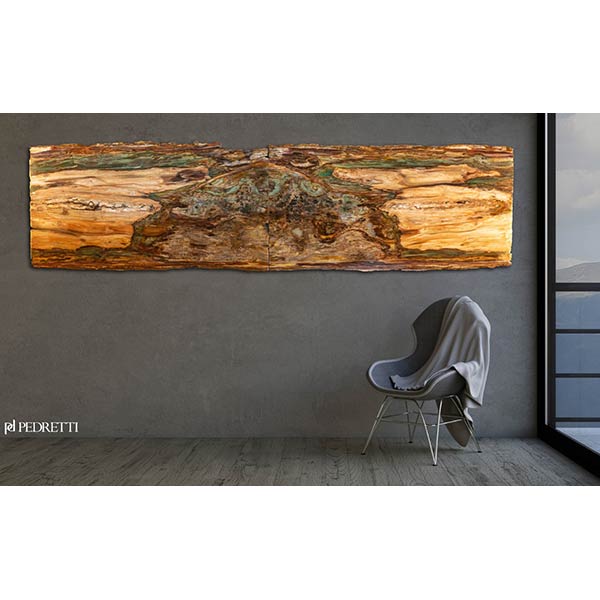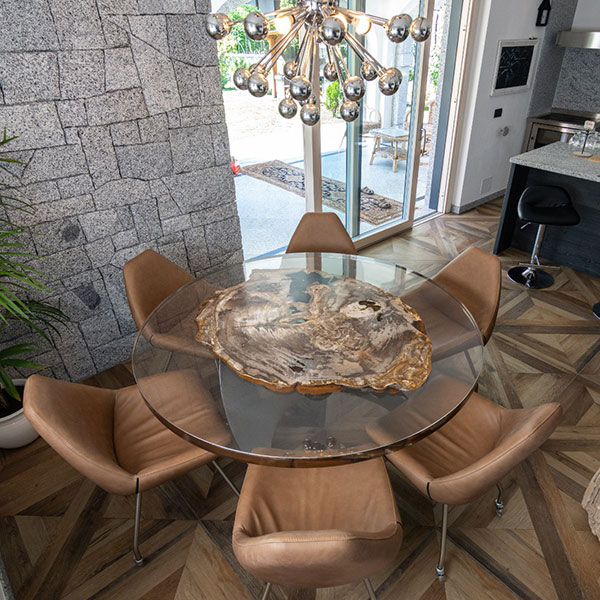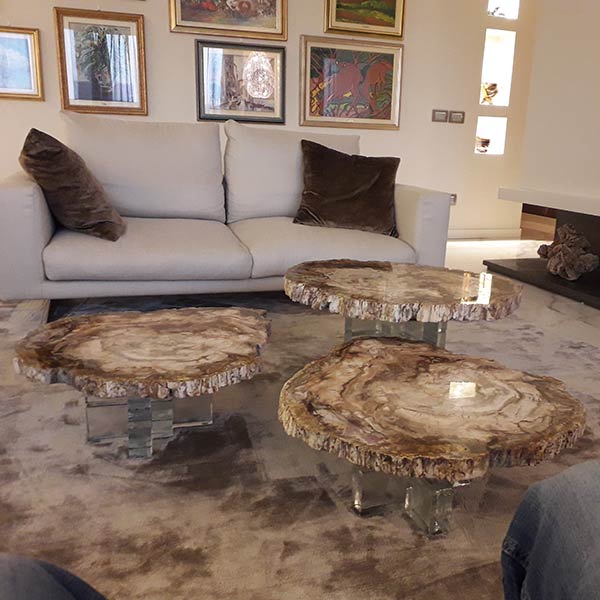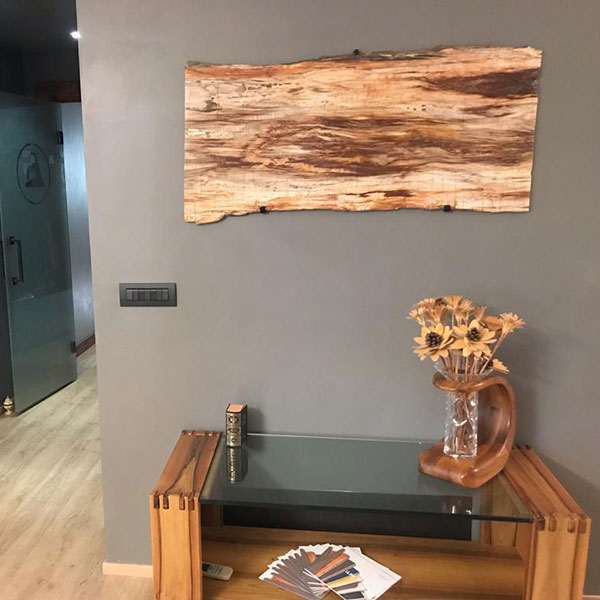Petrified wood is characterized by its colour. During the petrification the wood is substituted by minerals from the surrounding soils. The colour of the resultant petrified (fossil) wood depends directly on the minerals within this soil and water.
Along with the native colours of the wood, we can also find an splendid array of other colours and tones such as red, green or blue. The colours only enhance the uniqueness and beauty of the fossilized wood. For example, the petrified wood of the Arizona desert is often an intense red colour, thanks to the high concentration of iron oxide in the desert earth.
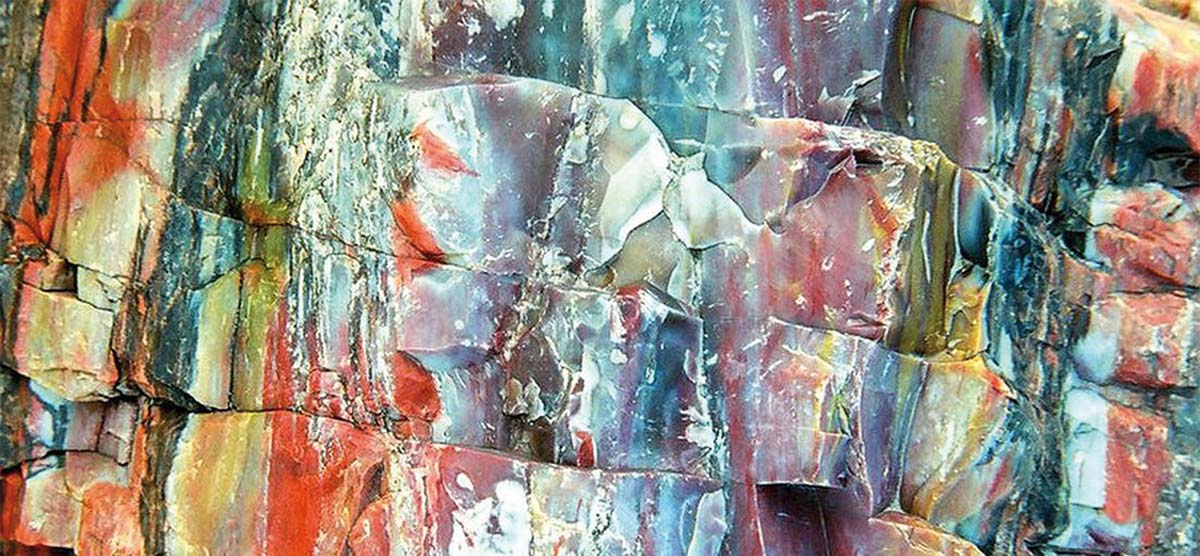
Colour table of minerals in fossilized wood
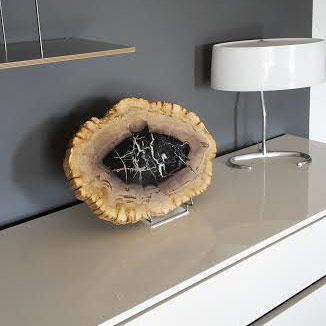
Black: Carbon
Green and blue: Cobalt
Green and blue: Chrome
Green and blue: copper
Red, brown and yellow: irom oxide (rust)
Black, yellow: Magnesium oxide
Pink, orange: Manganese and iron
How to identify minerals in fossilized wood
Here is a colour pallet to help you identify the minerals in a piece of fossilized (petrified) wood. Please note that this is only a guide. In fossile wood you can also find other minerals not mentioned in this list, and even fossilized insects or small animals that where in the wood. To find out precisely the minerals in a piece of fossil wood, you will have to do a petrographic analysis.
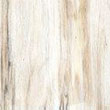
Sample 1
Colors: white/ yellow with brown streaks.
Predominant minerals: silicon, calcium, typical of Indonesia
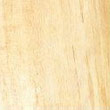
Sample 2
Colors: yellow with brown veins.
Predominant minerals: silicon and magnesium oxide, typical of Indonesia
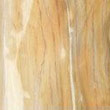
Sample 3
Colors: yellow - creamy brown with fine brown veins.
Predominant minerals: silicon and magnesium oxide, typical of Indonesia
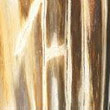
Sample 4
Colors: white, beige with darker brown streaks.
Predominant minerals: silicon and iron oxide, typical of Indonesia
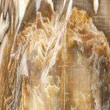
Sample 5
Colors: white, yellow and light brown.
Predominant minerals: silicon and iron oxide, typical of Vietnam
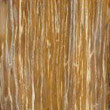
Sample 6
Colors: white yellow and light brown streaks.
Predominant minerals: silicon and iron oxide, typical of Vietnam
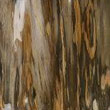
Sample 7
Colors: white veins, grey, light and dark brown.
Predominant minerals: silicon, iron oxide and carbon, typical of Madagascar
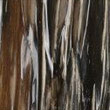
Sample 8
Colors: white veins, grey, black, light and dark brown.
Predominant minerals: silicon, calcium and carbon, typical of Madagascar
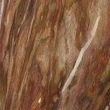
Sample 9
Colors: white veins, red and light brown.
Predominant minerals: silicon, iron oxide and magnesium, typical of Madagascar
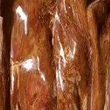
Sample 10
Colors: white, red orange and dark brown veins.
Predominant minerals: silicon, iron oxide and magnesium, typical of Arizona and Madagascar
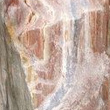
Sample 11
Colors: white veins, red orange and light brown.
Predominant minerals: silicon, iron oxide and magnesium, typical of Arizona and Madagascar
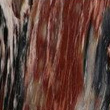
Sample 12
Colors: black, grey, light brown and red veins.
Predominant minerals: silicon, iron oxide, magnesium and carbon, typical of Arizona
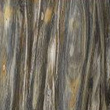
Sample 13
Colors: black, grey, white and yellow veins.
Predominant minerals: carbon, typical of Indonesia
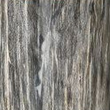
Sample 14
Colors: black, grey and white veins.
Predominant minerals: carbon, typical of Indonesia
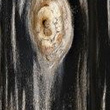
Sample 15
Colors: black, grey, yellow and white veins.
Predominant minerals: carbon and magnesium oxide, typical of Indonesia and Madagascar
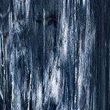
Sample 16
Colors: blue and white veins.
Predominant minerals: silicon, chrome and cobalt, typical of Arizona and Madagascar

